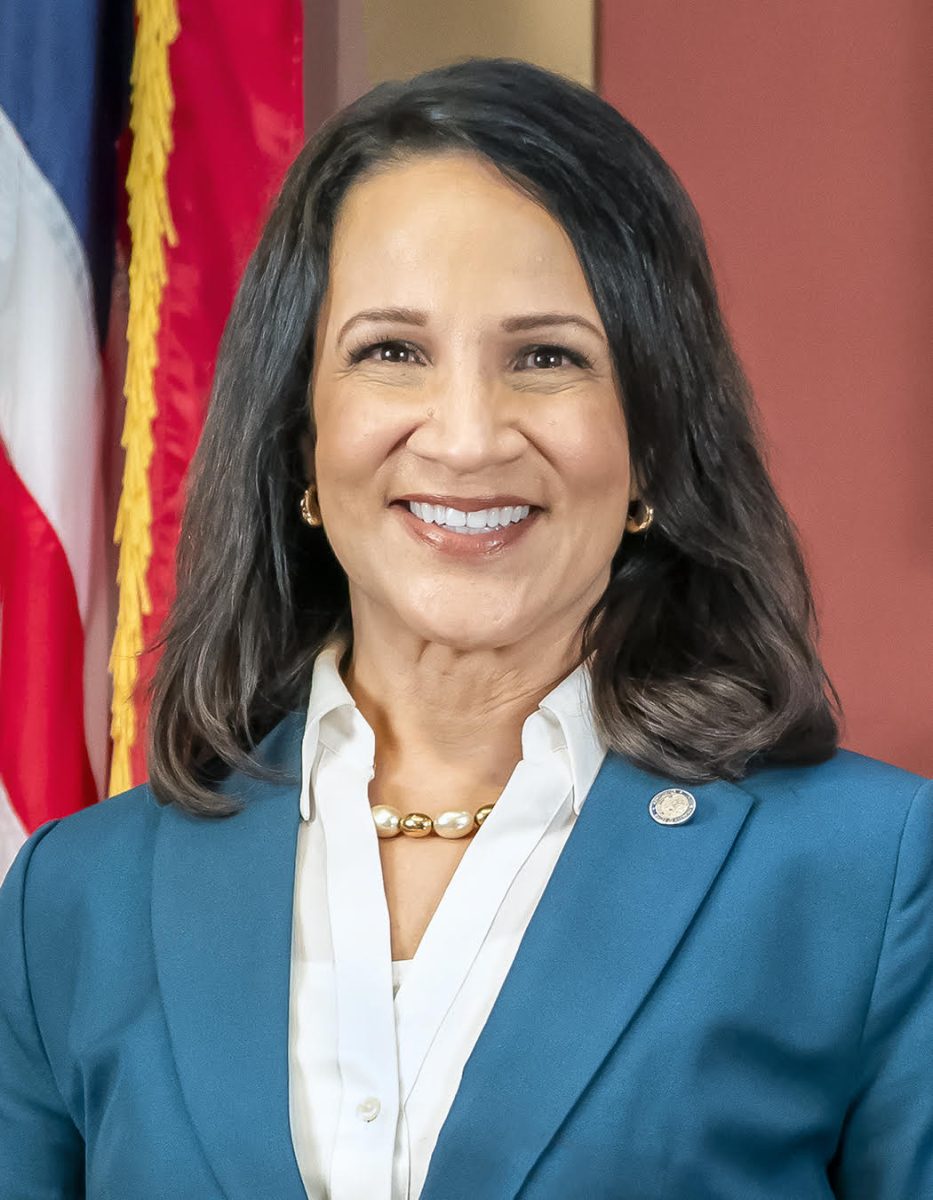Gender dysphoria may impact the way children learn speech patterns, according to new research from the University of Minnesota.
The study, presented earlier this month at a meeting of the American Association for the Advancement of Science, found that boys with gender dysphoria may sound less typically male than boys without gender dysphoria. Researchers say this analysis of the relationships between gender, speech and language could shed light on the way children learn speech from social cues.
During the study, researchers collected speech samples from children between 5 and 13 years old. Adults listened to the samples and rated how male or female the speech sample sounded.
“We are analyzing adults’ perception of children’s speech to better understand how boys with gender dysphoria are perceived, compared to boys and girls without [gender dysphoria],” said Emily Larson, a University senior involved in the research.
This study debunks the commonly-held belief that people with gender dysphoria — which occurs when a person identifies with a different gender than the sex they’re assigned at birth — have anatomical or physiological differences that might cause them to speak differently, said Ben Munson, lead author and University Speech-Language-Hearing Sciences professor.
“Cases where children’s gender development is reflected in their speech are not instances of speech or language disorders,” Munson said. “This is a particularly hard point to emphasize because so many people seem to associate speaking differently from the way that it is expected with speaking incorrectly.”
Instead, the findings suggest that boys with and without gender dysphoria might have learned different sets of speech features during development, he said.
“Lots of groups speak differently from others, so finding that two groups differ in the way that they speak is not in and of itself remarkable,” Munson said. “The thing that is remarkable, or at least interesting, is that children’s emerging sense of self influences the way they speak, even very early in life.”
Katie Bangert, a Ph.D. candidate and research assistant, said she was motivated to start this research project after realizing that many speech language pathologists don’t know how to best provide service for transgender individuals.
“Some people who are transgender seek the services of speech language pathologists to change the way they speak to better match their gender identity, so they wish to sound more feminine or masculine,” Bangert said.
With this study, researchers hope to better understand the impact of gendered voice characteristics on outsiders’ perceptions of children’s genders, and use the findings in clinical applications, Larson said.
“These findings could lead to the development of improved language enrichment programs across the lifespan for individuals with diverse gender identities and gender expression,” Bangert said.







